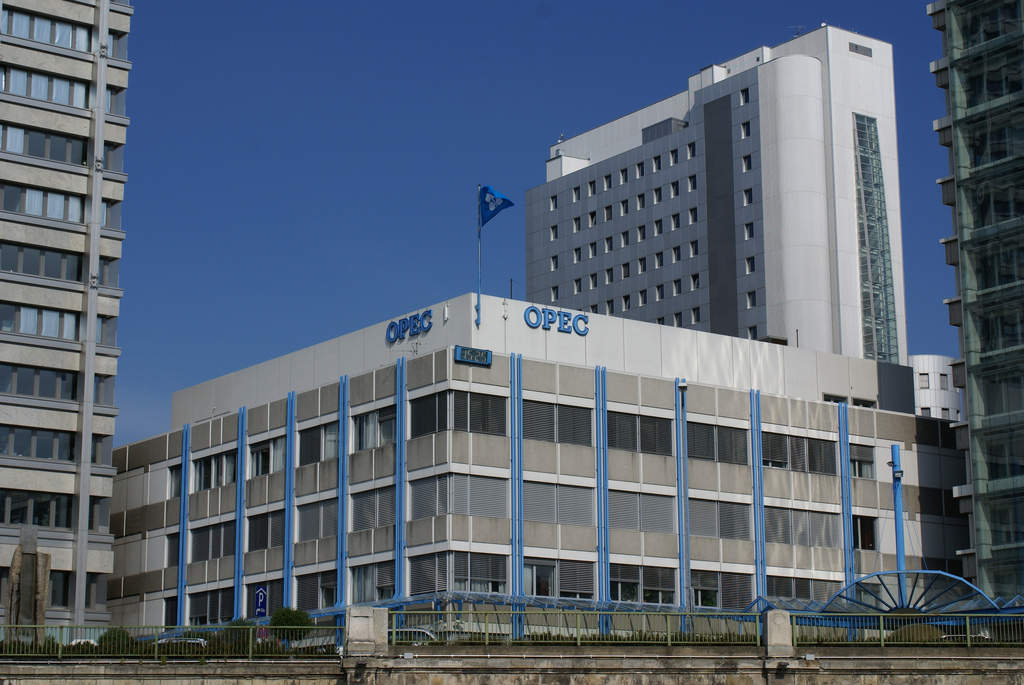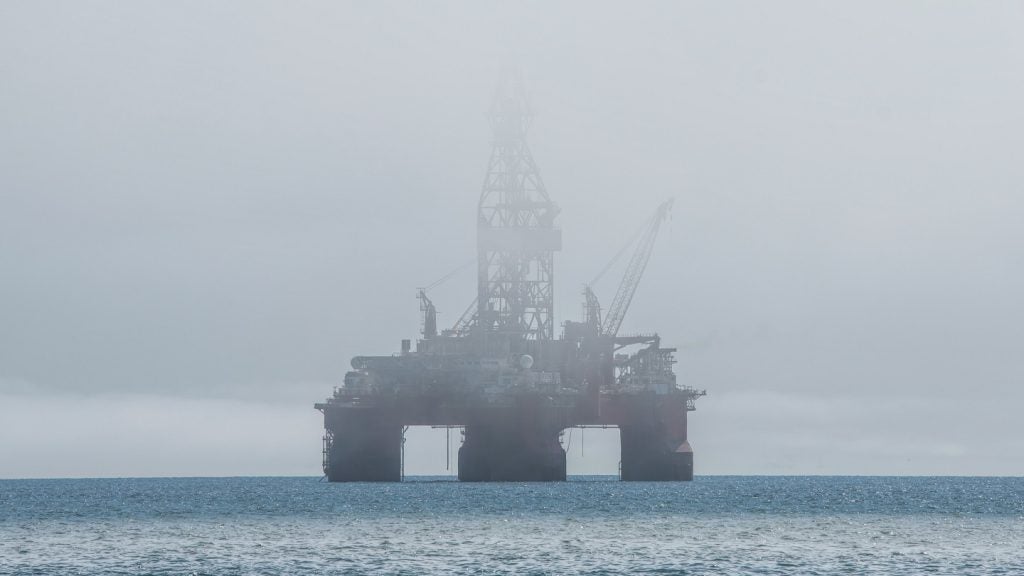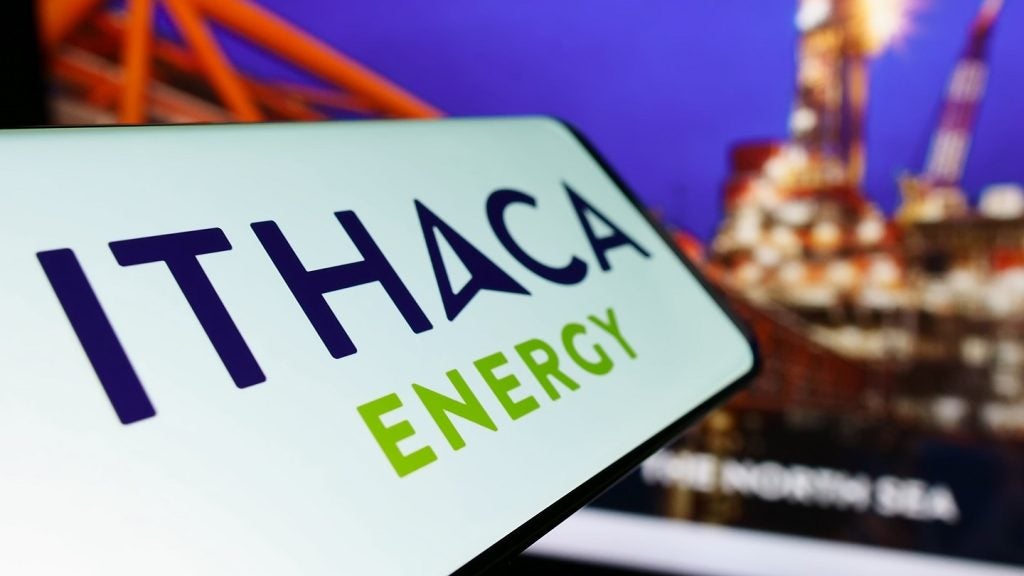
The slump in prices since the US mid-term elections has again exposed the difficulties for oil producers’ group Opec in dealing with an oil market where Russia and the US matter as much as Saudi Arabia.
The Opec basket price on 15 November was slightly more than $65 a barrel. That was 27 per cent lower than at the start of October. West Texas Intermediate crude oil for January delivery traded at less than $57 a barrel on the same day.
Oil price slumps
Opec’s secretary general described the oil price slump this autumn as being “normal” volatility ahead of its meeting in December. But this is the third precipitate price decline in 10 years and it is difficult to avoid the conclusion that Opec is stumbling from one crisis to the next.
The latest crash is due to several factors. First, Opec revised down its 2019 world oil demand forecast. Second, and most important, is the behaviour of the world’s two largest producers.
Russia’s output in October rose to 11.4 million barrels a day (b/d), the highest since the collapse of the Soviet Union in 1991. US production in November is expected to be at least 11.7 million b/d.
Opec versus non-Opec
This means that no matter what Opec agrees in December, most of the direction of world oil next year will be determined by countries that are not member states. After all, the October price spike anticipated the impact of US sanctions on Iranian oil exports, not Opec policy.
How well do you really know your competitors?
Access the most comprehensive Company Profiles on the market, powered by GlobalData. Save hours of research. Gain competitive edge.

Thank you!
Your download email will arrive shortly
Not ready to buy yet? Download a free sample
We are confident about the unique quality of our Company Profiles. However, we want you to make the most beneficial decision for your business, so we offer a free sample that you can download by submitting the below form
By GlobalDataSaudi Arabia is once again taking the lead by calling for production cuts by Opec and by non-Opec nations that took around 1.8 million b/d out of the market for 18 months until last June.
This time, there may be stronger US opposition to a new Opec-non-Opec production restraint deal. This year, Donald Trump has twice called on Opec states to drive down oil prices. Russia is signalling that it is unconvinced a cut is needed.
There has been a shift in the balance of power between Washington, Moscow and Riyadh and it is not in Opec’s favour.
A new approach
Price volatility undermines the merits of investing in hydrocarbons. New conventional oil project approvals in the past three years were only half the amount required to balance the market to 2025, the International Energy Agency says in its latest world energy outlook report.
That is in no-one’s interests. What is needed is a new type of Opec for the emerging new global energy order that will engage permanently with Russia and the US. And this will become increasingly necessary as the moment approaches, in less than 20 years, when world oil demand starts its inevitable decline.
Edmund O’Sullivan is a leading commentator on the Middle East and is a former editor of MEED.
This article is sourced from Offshore Technology sister publication www.meed.com, a leading source of high-value business intelligence and economic analysis about the Middle East and North Africa. To access more MEED content register for the 30-day Free Guest User Programme.








Related Company Profiles
Offshore Technology Corp